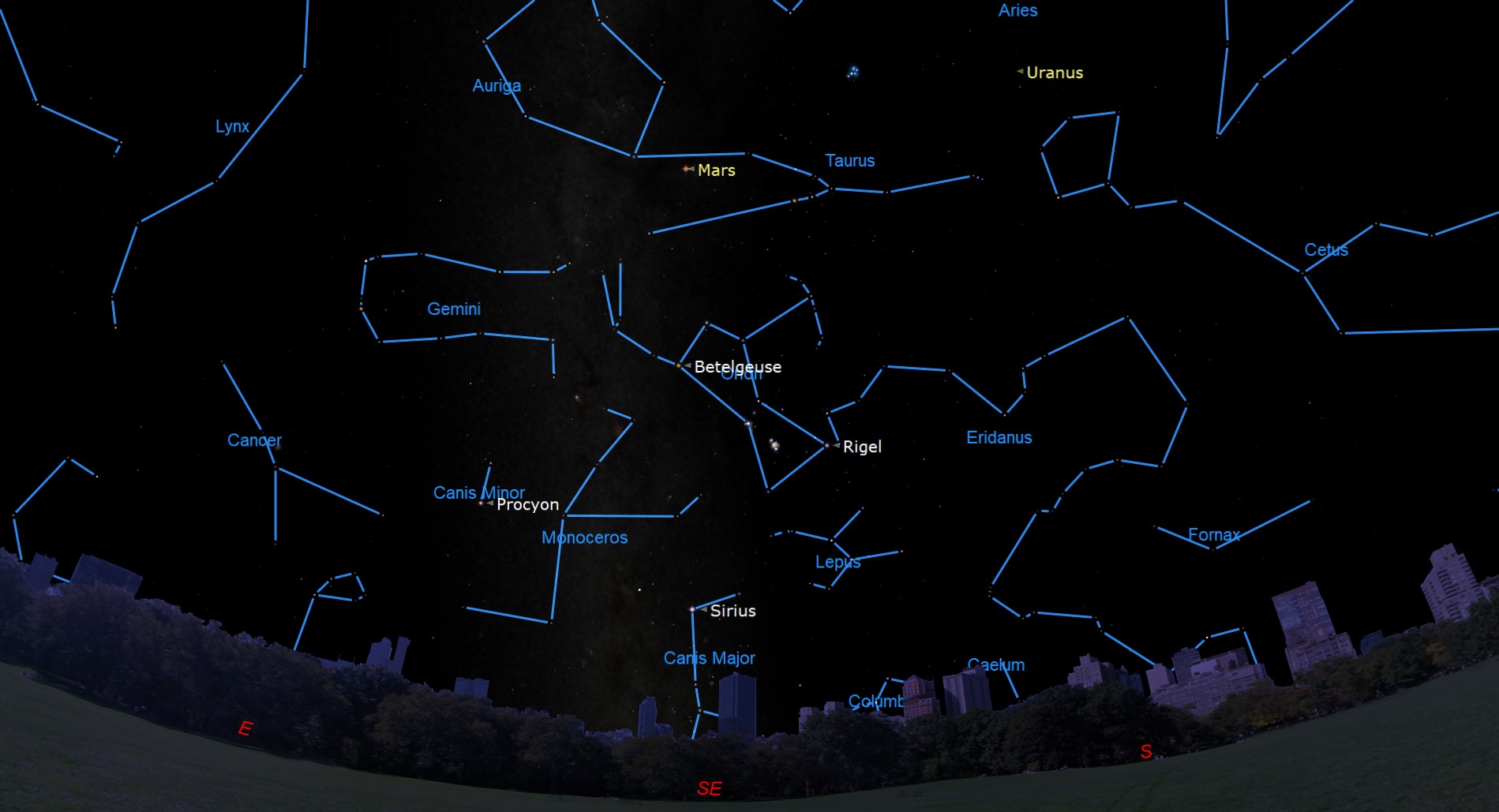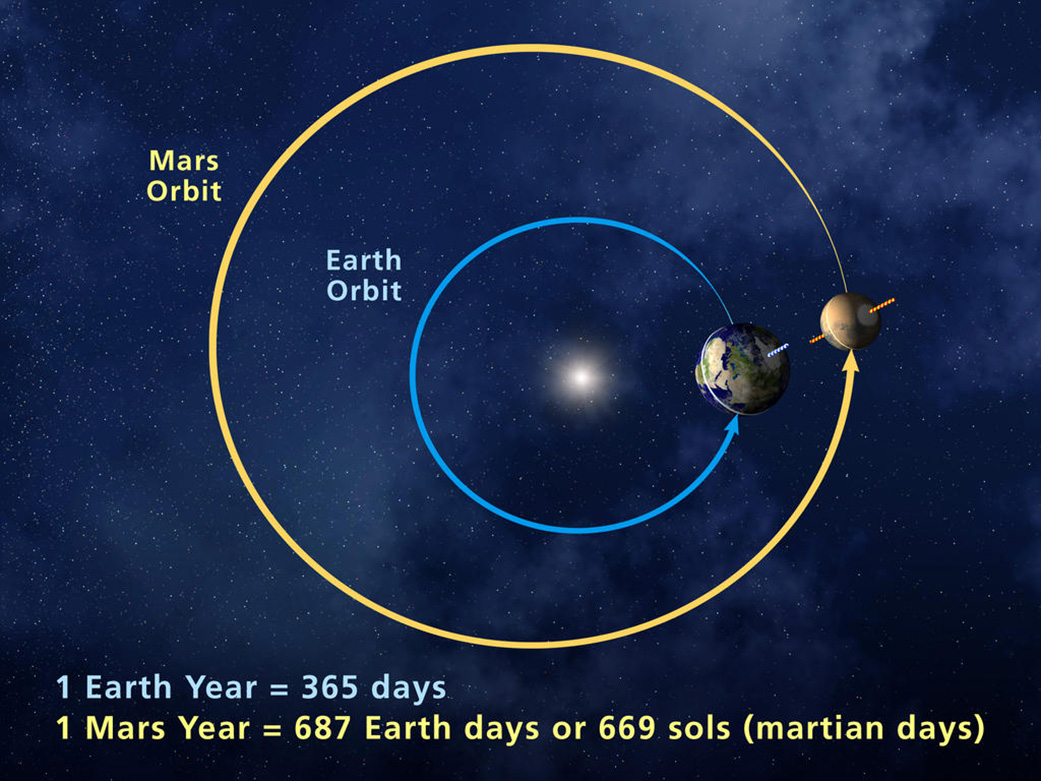See Mars at its closest to Earth for 2022 in the night sky tonight (Nov. 30)
The Red Planet will be at its closest to Earth this week, offering skywatchers an excellent opportunity to observe it.

On Wednesday (Nov. 30), Mars will make its closest approach to Earth, appearing bigger and brighter in the sky than usual and offering skywatchers an excellent opportunity to observe the Red Planet.
While Mars is making its close approach, known as a perigee, the planet will become accessible at around 5:43 p.m. EST (2243 GMT) in New York City when it reaches an altitude of 7 degrees above the horizon to the northeast, according to In the Sky. (If you hold out your fist at arm's length, the width of your fist corresponds to roughly ten degrees in the sky.)
The Red Planet will reach its highest point, 74 degrees above the southern horizon, at 12:29 a.m. EST (0529 GMT) on Dec. 1 before disappearing in the light of dawn at around 6:38 a.m. EST (1138 GMT) while still 14 degrees above the horizon to the west.
The Virtual Telescope Project will host a livestream of Mars at perigee on Wednesday (Nov. 30) beginning at 3:00 p.m. EST (2000 GMT) on the website's YouTube channel.
Read more: Night sky, November 2022: What you can see tonight [maps]
During the perigee, Mars will be in the constellation of Taurus, the Bull, and will have a magnitude of -1.8. (The minus prefix indicates a particularly bright object in the night sky.)
During this close approach, Mars will pass to within 0.54 astronautical unit (AU) of our planet. One AU equals the average distance between Earth and the sun, around 93 million miles (around 150 million kilometers). Mars orbits the sun at an average distance of 1.5 AU, and at its apogee (its farthest distance from Earth) reaches a distance of 2.6 AU. The planet's variation between perigee and apogee is the largest in the solar system, according to InTheSky.
Breaking space news, the latest updates on rocket launches, skywatching events and more!
Mars reaches perigee when its orbit brings it past Earth, forming a line with the sun with our planet in the middle. This means that during perigee, Mars appears almost opposite the sun in the sky over Earth.
When Mars is exactly opposite the sun it is described as being in opposition, and this astronomical arrangement and perigee usually happen within a few days of each other. They are not simultaneous due to Mars having a flattened or elliptical orbit.
Though around 50 million miles (80 million kilometers) may not sound particularly close, Mars is one of Earth's closest neighbors in the solar system, meaning the perigee is enough to have a pronounced effect on how the Red Planet is seen from our planet.

Want to get a closer look at the moon? We recommend the Celestron Astro Fi 102 as the top pick in our best beginner's telescope guide.
Despite Mars getting close to Earth on Wednesday, this perigee won't be the closest that the Red Planet has ever could to our planet. The closest that Mars could theoretically come to Earth is 33.9 million miles (54.6 million km).
This hasn't happened yet, at least in recorded history, and the closest the two planets have come to each other since records began is 34.8 million miles (56 million km) in August 2003.
NASA says that Mars and Earth won't come as close to each other as they were in 2003 for another 265 years when they make another super close approach in 2287.
Editor's Note: If you snap Mars during its close approach and would like to share it with Space.com’s readers, send your photo(s), comments, and your name and location to spacephotos@space.com.
Follow us on Twitter @Spacedotcom or on Facebook.

Robert Lea is a science journalist in the U.K. whose articles have been published in Physics World, New Scientist, Astronomy Magazine, All About Space, Newsweek and ZME Science. He also writes about science communication for Elsevier and the European Journal of Physics. Rob holds a bachelor of science degree in physics and astronomy from the U.K.’s Open University. Follow him on Twitter @sciencef1rst.

